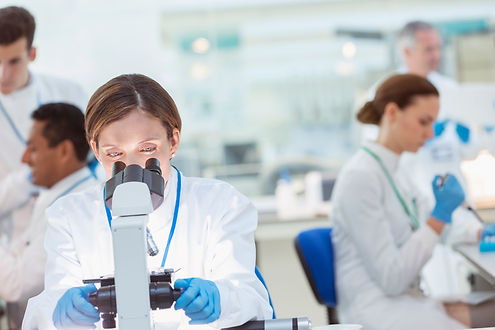
Laboratory
Laboratory Applications
On our knowledge page, you can find a variety of background information on key issues affecting the chemical industry. SENKO enriches your knowledge and helps you make purchasing decisions.
Modern laboratories use several types of gases as part of their daily operations. These gases have traditionally been supplied by cylinders, as it is the most common method of gas supply worldwide. However, laboratories can be the most dangerous places due to leaks of toxic gases, flammable materials, or biohazards.
Gas compounds can be toxic, corrosive, flammable, toxic after long-term exposure and many of them formed carcinogenic. Some of the gases such as Cl2 (corrosive and toxic) or NH3 (not highly flammable but containers of ammonia may explode when exposed to high heat) can even be bilaterally hazardous. Hence, keep in mind: the flow of oxygen which results in local oxygen enrichment, increases the risk of combustion many times.
Toxic gases have “Exposure limits” which are available in HSE EH 40 (or OSHA for the U.S.) or on the supplied gas MSDS sheets. The Short-Term Exposure Limit (STEL) is the acceptable average exposure over a short period of time (15 minutes). And the Time Weighted Average (TWA) is a threshold limit value based on 8-hours workday and 40-hour workweek. Our detectors automatically calculate TWA & STEL and record in order allowing workers to take action to avoid the exposure, providing documented evidence of safe work procedures to security managers.
SENKO have obtained product certifications required in international markets such as International IECEx, ATEX in Europe, CSA in Canada, UL in USA and IMMETRO in South America.






